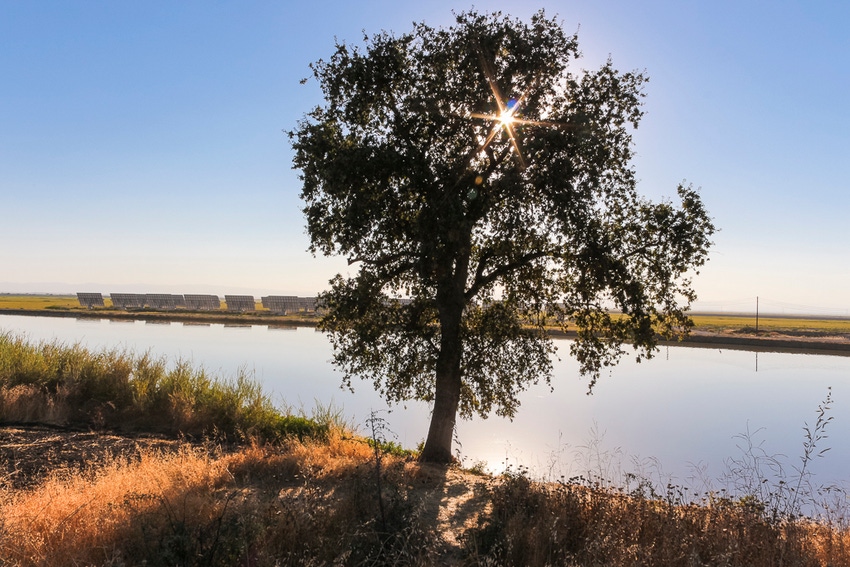September 13, 2016

9 percent; 13.7 percent; 6.5 percent.
Those are the losses the “Big Three” agriculture counties in California experienced in 2015, according to the individual county departments of agriculture.
Falling commodity prices had some to do with the declines, particularly for No. 1 Tulare County as the record-high milk prices of 2014 returned to unprofitable levels in 2015. The lack of irrigation water because of regulatory constraints and drought likewise played a significant part in the depressed prices.
Long the No. 1 agricultural producing county by value in the United State, Fresno County was knocked off that perch several years ago, due in large part to how irrigation water is delivered, or not, in California.
Fresno County Agricultural Commissioner Les Wright likes to point out that his county’s drop to the No. 3 slot is completely due to water as growers on the west side of that county – Fresno is the only county in the San Joaquin Valley to cover the entire width of the Valley with farms – began having their water curtailed shortly after the turn of the 21st Century because of federal court decisions that stripped farmers of their irrigation water.
Wright is right. The dust bowl that is now much of Fresno County’s west side began with the regulatory constraints on irrigation water that once freely flowed in the area. Not only did that water irrigate crops, but before water-thrifty technologies like drip and micro irrigation took hold, furrow and flood irrigation from surface water sources helped replenished underground aquifers that are now dangerously low and subject of new government regulation.
As late as 2010 and 2011, Fresno County’s gross agricultural value was a minimum of $1 billion higher than the No. 2 county. Though always second and third ahead of vegetable powerhouse Monterey County, the counties of Tulare and Kern would sometimes swap positions depending typically on how high milk prices were that year as one-fourth of Tulare’s value is in the milk it produces.
In fact, if Tulare were a state, it would be the fifth-leading dairy producing state by volume in the nation behind California, Wisconsin, Idaho, and New York. Back out the estimated 11 billion pounds of milk produced annually in Tulare County and Wisconsin then becomes the leading dairy producing state by volume, relegating California to second place.
It’s also fair to note that much of the reason Idaho is now a dairy powerhouse is because of an exodus of dairies from California over the past 20 years due to increasing land prices and over-regulation. But, I digress.
Yes, it’s sometimes fun for local politicians in Tulare County to tout “we’re number one” at various events, including the annual World Ag Expo in Tulare. Still, we’re all in this together – cotton farmers, tree nut growers, grape growers, dairymen and others are interconnected and woven into the fabric of the local economy.
We know how dairy farms rely on forage and row crops to feed their cattle. They also feed what would otherwise be a useless byproduct of almond production – the soft, outer hull – as a source of carbohydrates and other key nutrients.
Moreover, this tight-knit community and the income it generates helps countless young people fund their educations by donating to scholarship programs and paying way more than market value for the livestock these kids sell at the county fair.
This is why agriculture and all it needs to succeed – ample supplies of irrigation water, responsible and fair regulation and access to markets without the encumbrance of onerous taxes and the heavy-hand of government – is so important.
It’s not just for reasons of food security, national security and political sovereignty that we must encourage and build upon our agricultural prowess as a nation; those involved in agriculture generously return profits and time to make their communities a better place for themselves, their children, and everyone else around them.
You May Also Like




